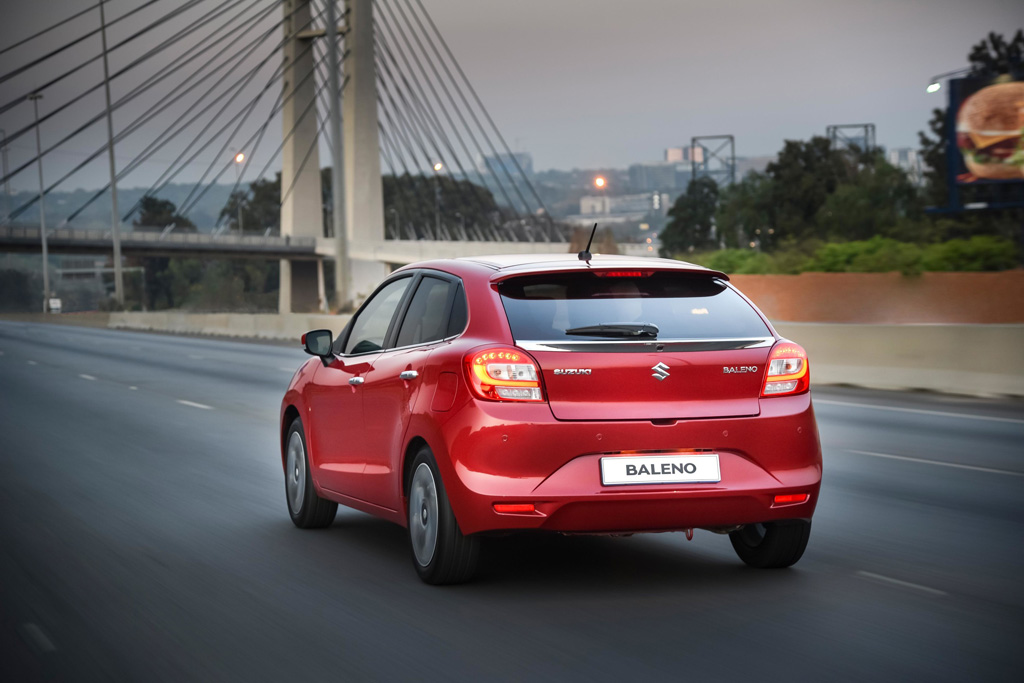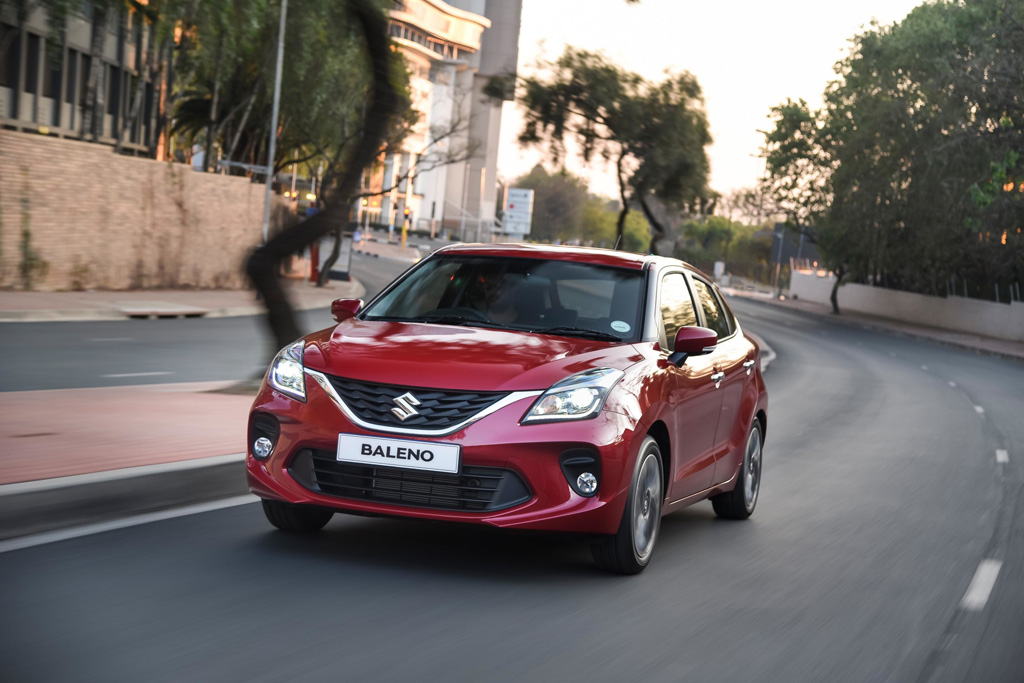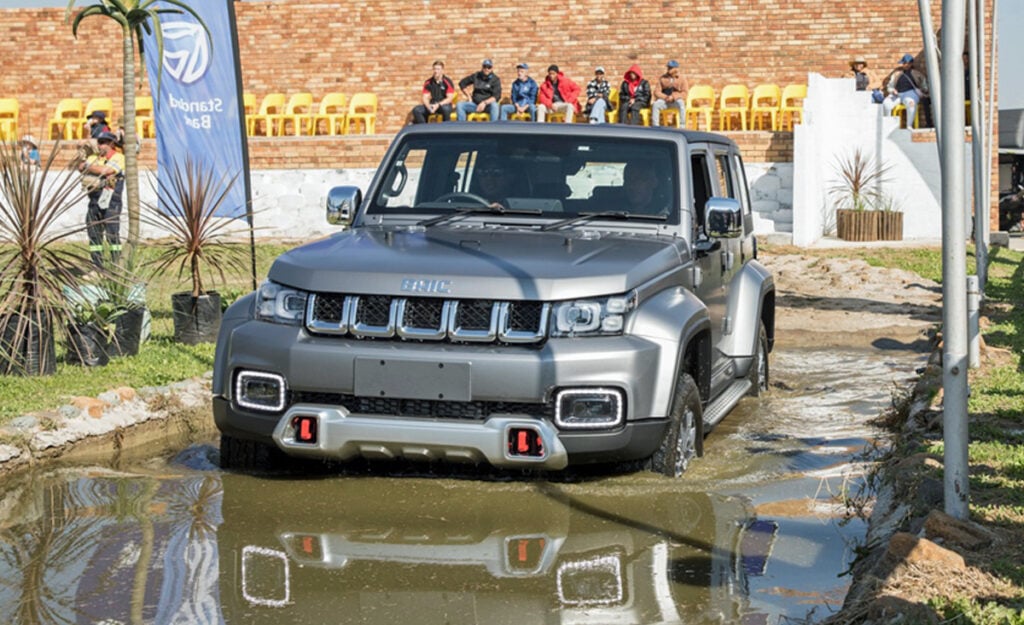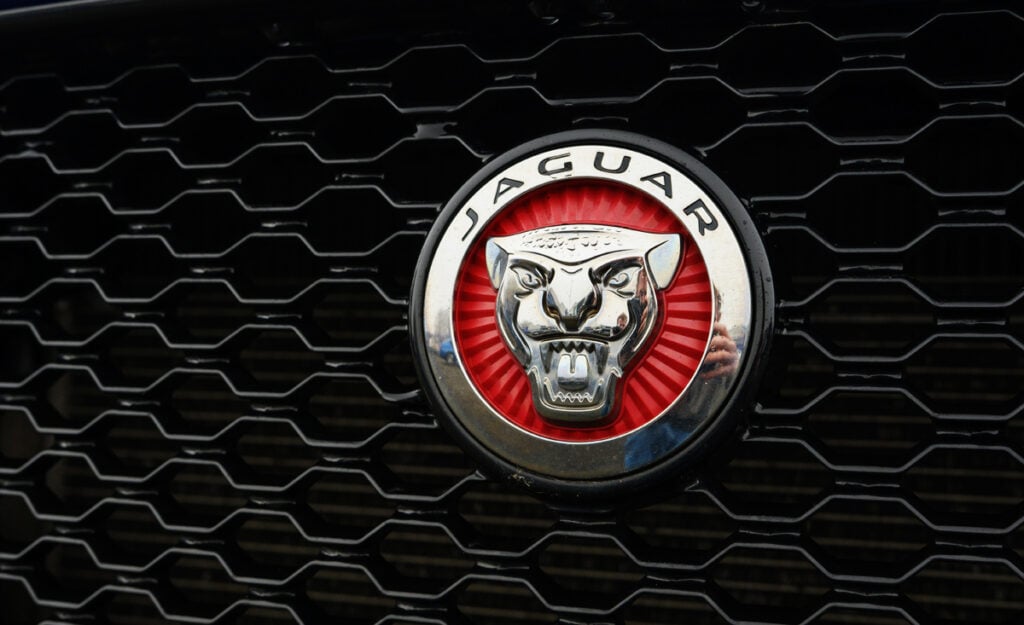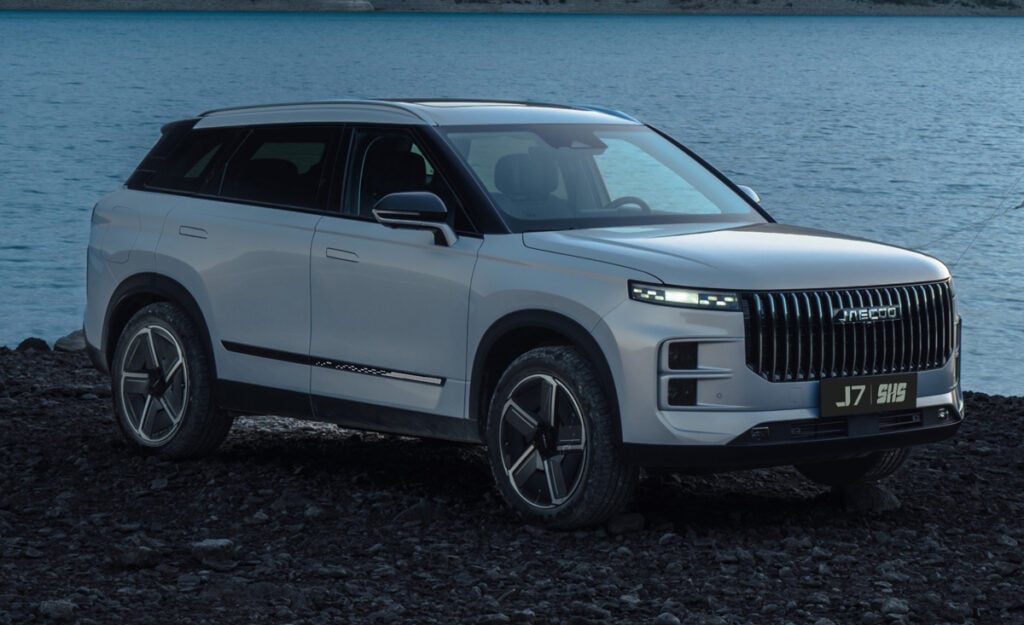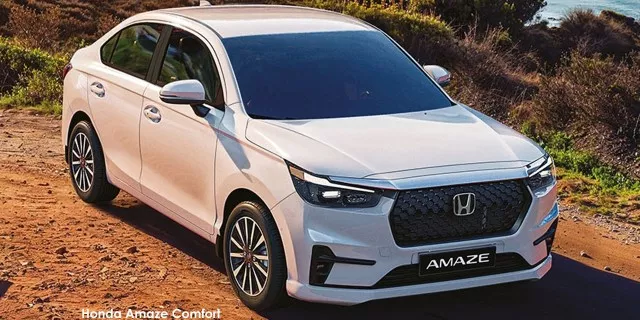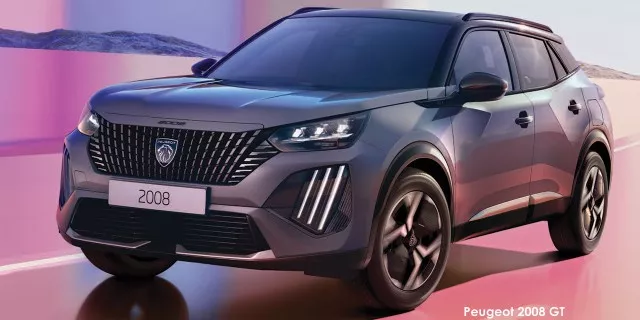Toyota Starlet vs Suzuki Baleno – What sets these cars apart
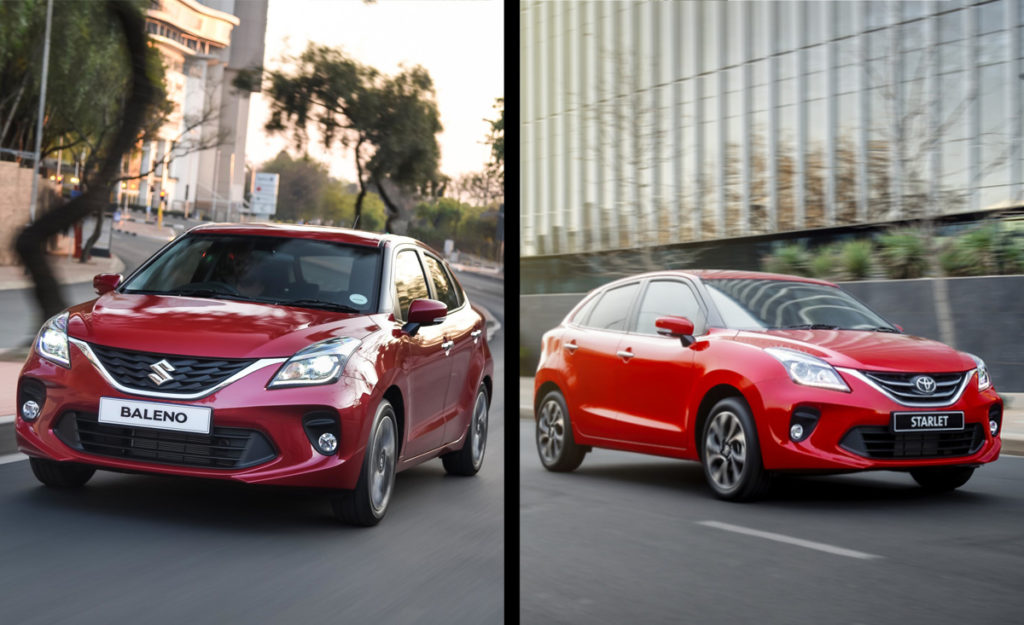
You’d be hard-pressed to tell the difference between the new Toyota Starlet and Suzuki Baleno.
That’s because they don’t just share a platform and parts as a lot of cars do nowadays, they’re identical twins.
This raises the question: In this competitive segment, which one stands out?
The Suzuki Baleno has sold consistently in South Africa for the past four years, due mainly to its good value, great looks, and robust reliability that Japanese cars are known for.
It’s not a surprise then that Toyota looked to the same platform when it wanted a replacement for the popular Toyota Etios.
Sharing a platform
Cars sharing platforms is not a new trend, as manufacturers around the globe sign partnerships to share knowledge and technology.
Still, it’s been a long time since we’ve seen two virtually identical models on offer in a size that rivals the Volkswagen Golf V.
Both the Suzuki and Toyota come with the same 68kW, 1.4-litre, 4-cylinder engine producing 130Nm of torque at 4,200rpm – and are offered with either a 5-speed manual or 4-speed automatic transmission.
An important characteristic of this engine and drivetrain combination is economy, with claimed consumption figures of between 5.1l-5.4l/100kms. This means on a 37-litre fuel tank a theoretical range of over 700km is attainable.
On the technology front, neither manufacturer has been shy.
Once the preserve of high-end cars – and sometimes still an option on them today – the Suzuki and Toyota feature a touchscreen entertainment system with USB and Bluetooth connectivity.
These systems are also Android Auto and Apple CarPlay compatible, with Suzuki including it on its GLX model and Toyota on its high-end Xr model.
However, standard across the Toyota range is Toyota Connect telematics.
This service includes 15GB of free data for the in-car mobile hotspot.
More importantly, it allows drivers and owners to view live vehicle data like the battery charge level, GPS location, driving style ratings, and a digital logbook.
It also allows for service bookings and roadside assistance calls directly from the app. It must be noted, though, this is an opt-in service and will require additional data purchases through the app.
Toyota Starlet
The Toyota Starlet sets the price to beat by starting out at R204,900 – going up up to R272,500.
There are three feature-grades: Xi, Xs, and the top-spec Xr – but only the Xs and Xr variants are available with an automatic gearbox.
All Toyota Starlets have a 15,000km service interval and are sold with a 3-year/100,000km warranty and a 3-service/45,000km service plan.
Suzuki Baleno
The Suzuki is only available in two feature-grades – starting at R221,900 for the manual GL and going up to to R274,900 for the automatic GLX.
It matches the Toyota Starlet Xs and Xr specifications for the most part, but lacks a Toyota Connect-like feature.
It does, however, have additional safety features in the form of an electronic stability programme.
The Suzuki Baleno is sold with a 5-year/200,000km warranty and a 4-year/60,000km service plan.
Which is better?
The Starlet and Baleno are so similar that your decision may come down to brand preference and how long you plan to own or drive the car.
If you plan to keep the car beyond four years, you will have comfort knowing the Suzuki is sold with an extended service plan and warranty – while from an insurance point of view it currently sits in a “low risk” bracket.
However, if you’re looking for good value and driver monitoring tools, then the Toyota might be the one. The Starlet is slightly more affordable and has a more extensive dealer network around the country.
In its first month on sale, the Toyota Starlet is already proving to be the popular choice – with more than 1,000 cars sold locally.
Either way, these Japanese brands have built a reputation for reliability which should make owning either outside of their warranties a sensible affair.

